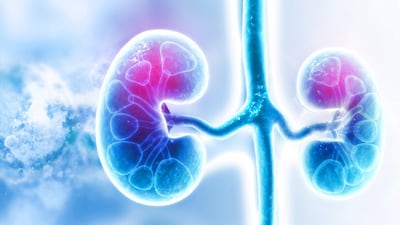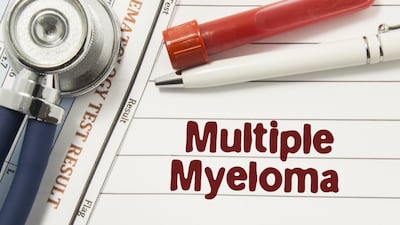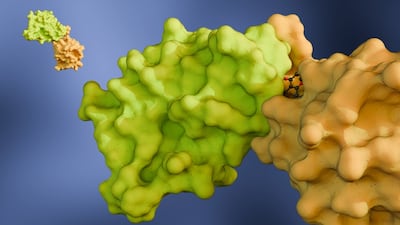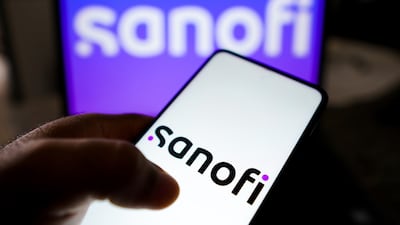Key Takeaways
Several drugs with various mechanisms are on the market to treat moderate-to-severe atopic dermatitis, but the unmet need remains high, keeping drug makers invested in the space.
New launches are underway, including Lilly’s Ebglyss, which could cut into Dupixent’s dominance in the space.
Dermatologists welcome new drugs and say the opportunity for new drugs with enhanced efficacy and improved safety remains high.
The treatment landscape for atopic dermatitis has undergone a transformation in the last seven years, spurred largely by the launch...
Read the full article – start your free trial today!
Join thousands of industry professionals who rely on Scrip for daily insights
- Start your 7-day free trial
- Explore trusted news, analysis, and insights
- Access comprehensive global coverage
- Enjoy instant access – no credit card required
Already a subscriber?








